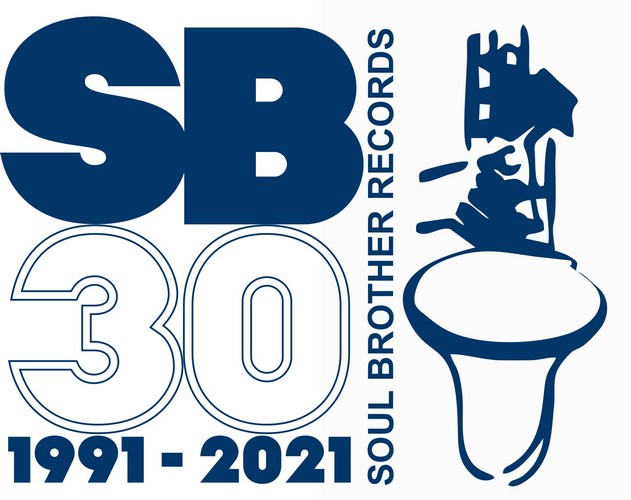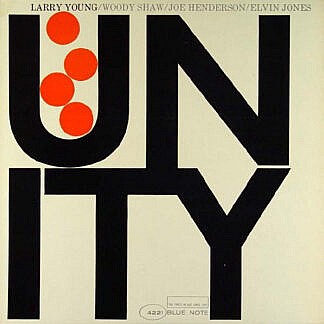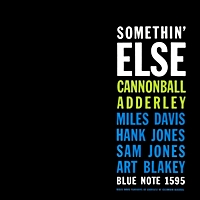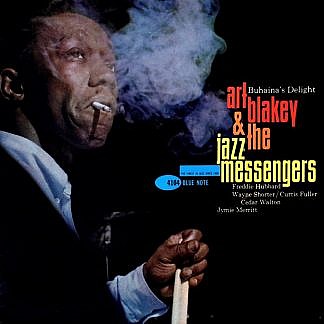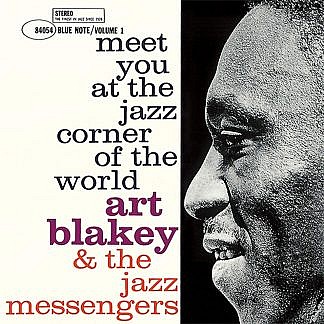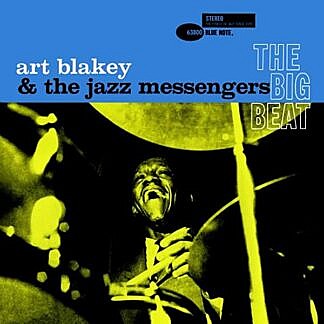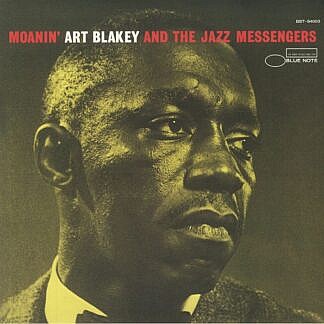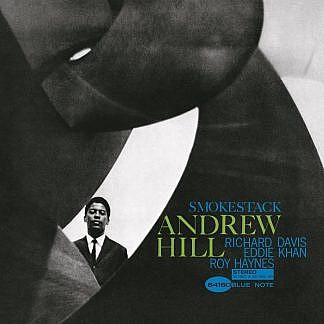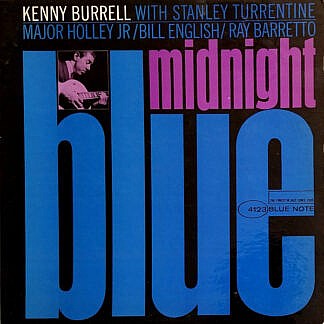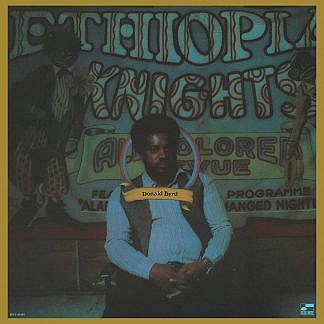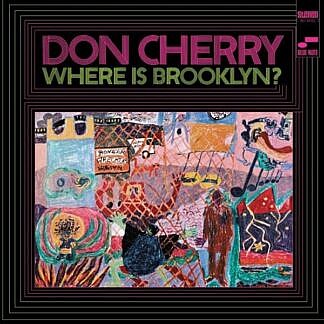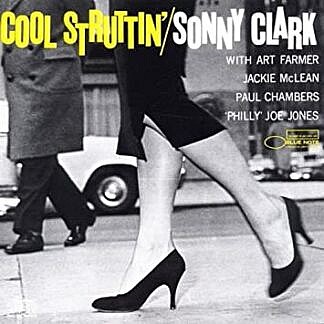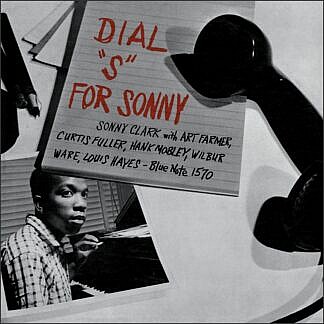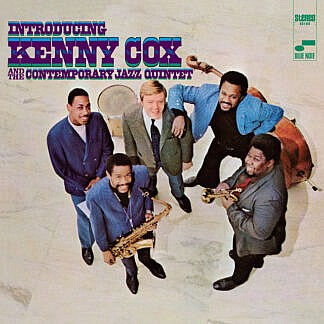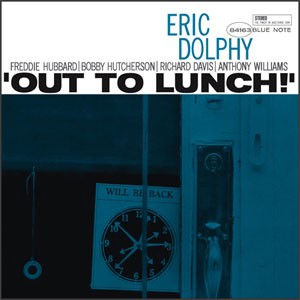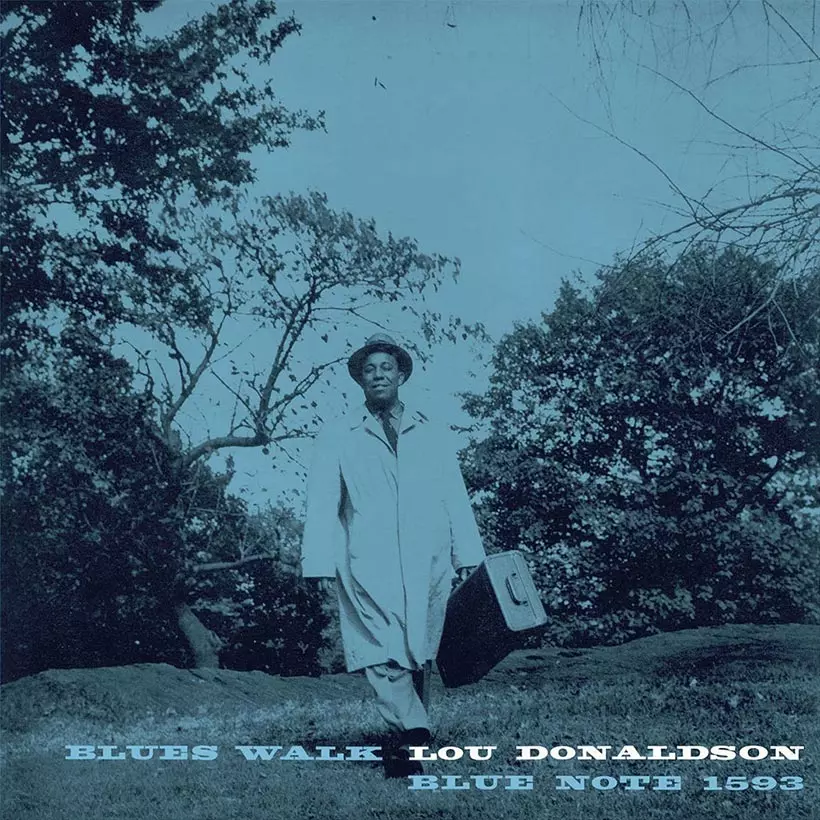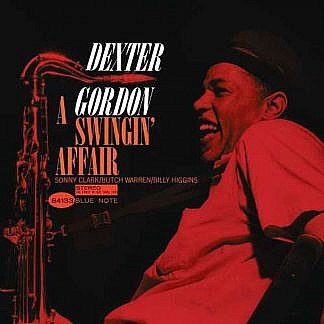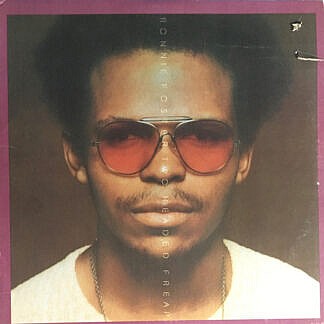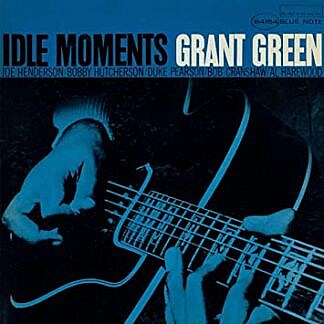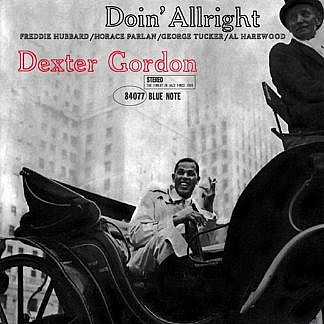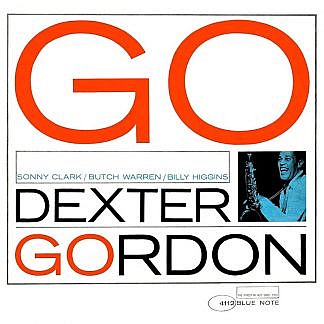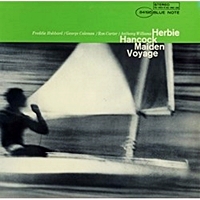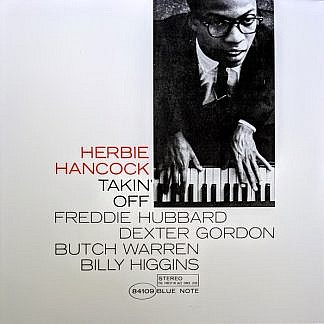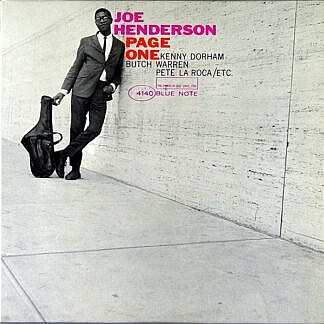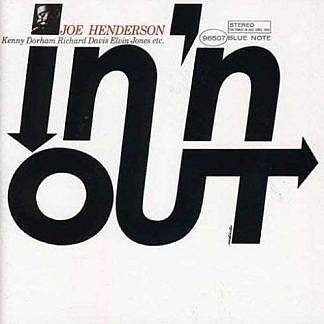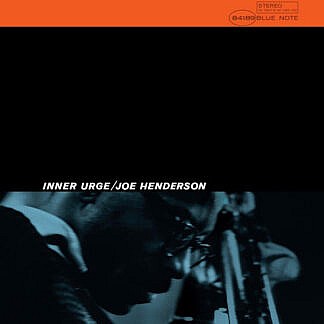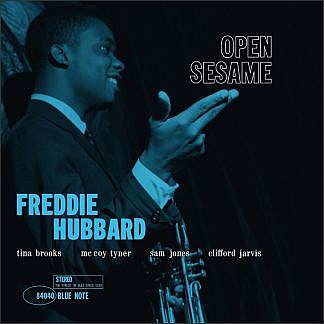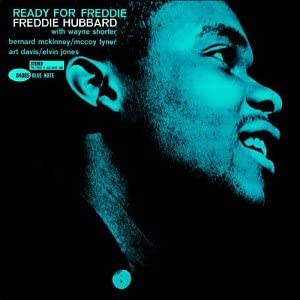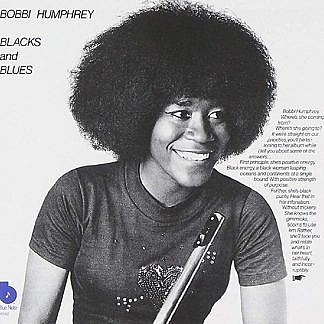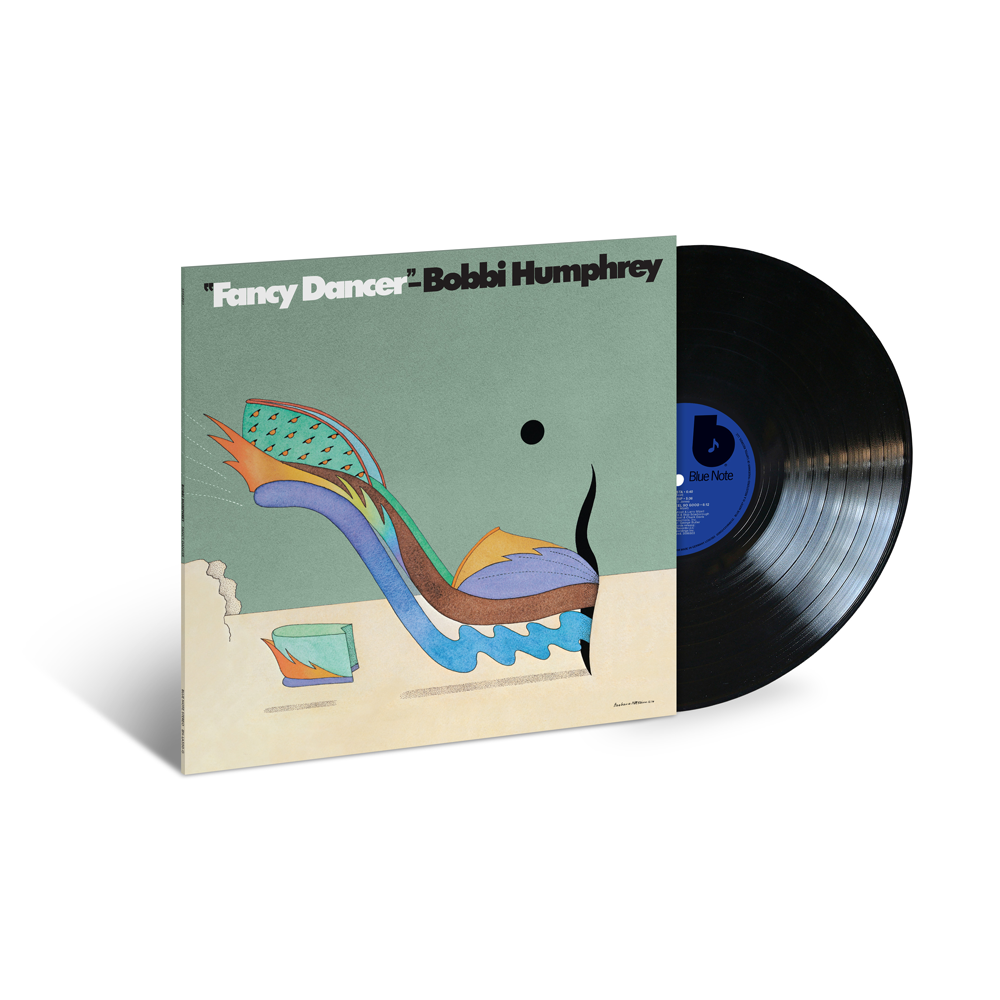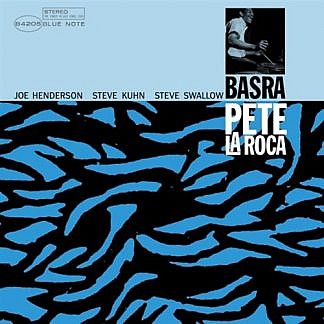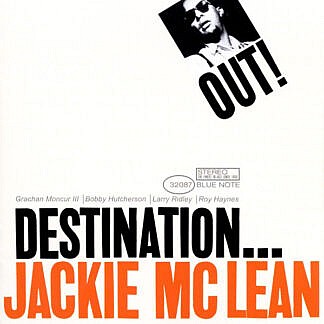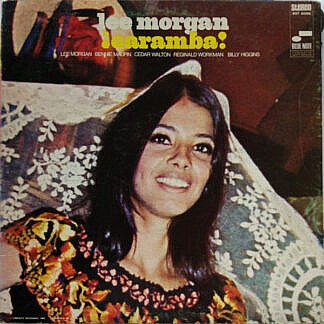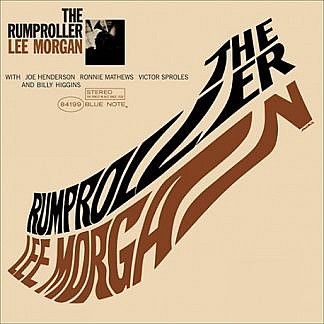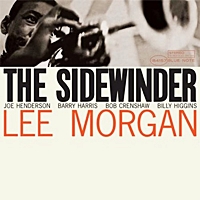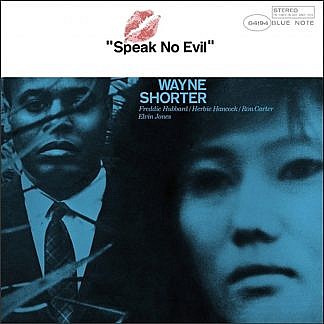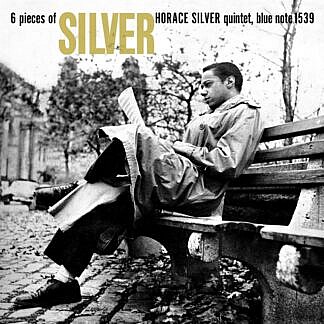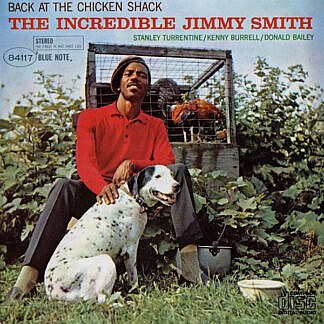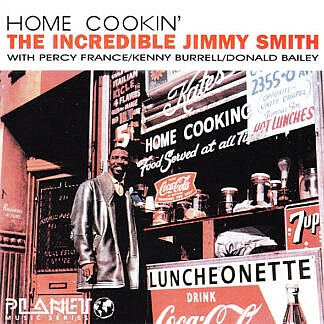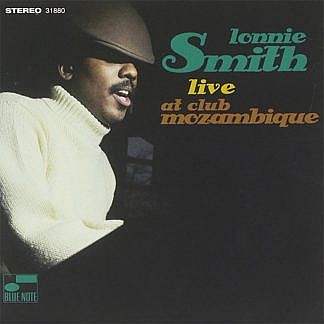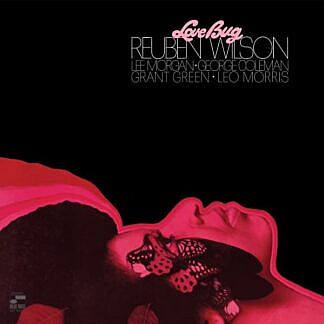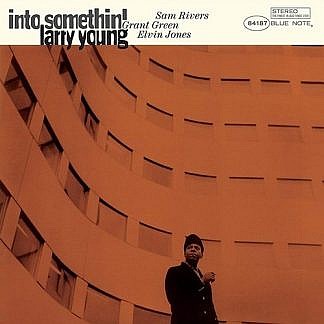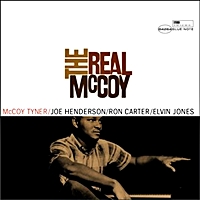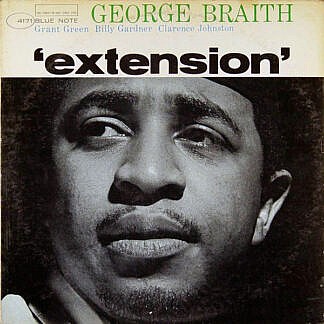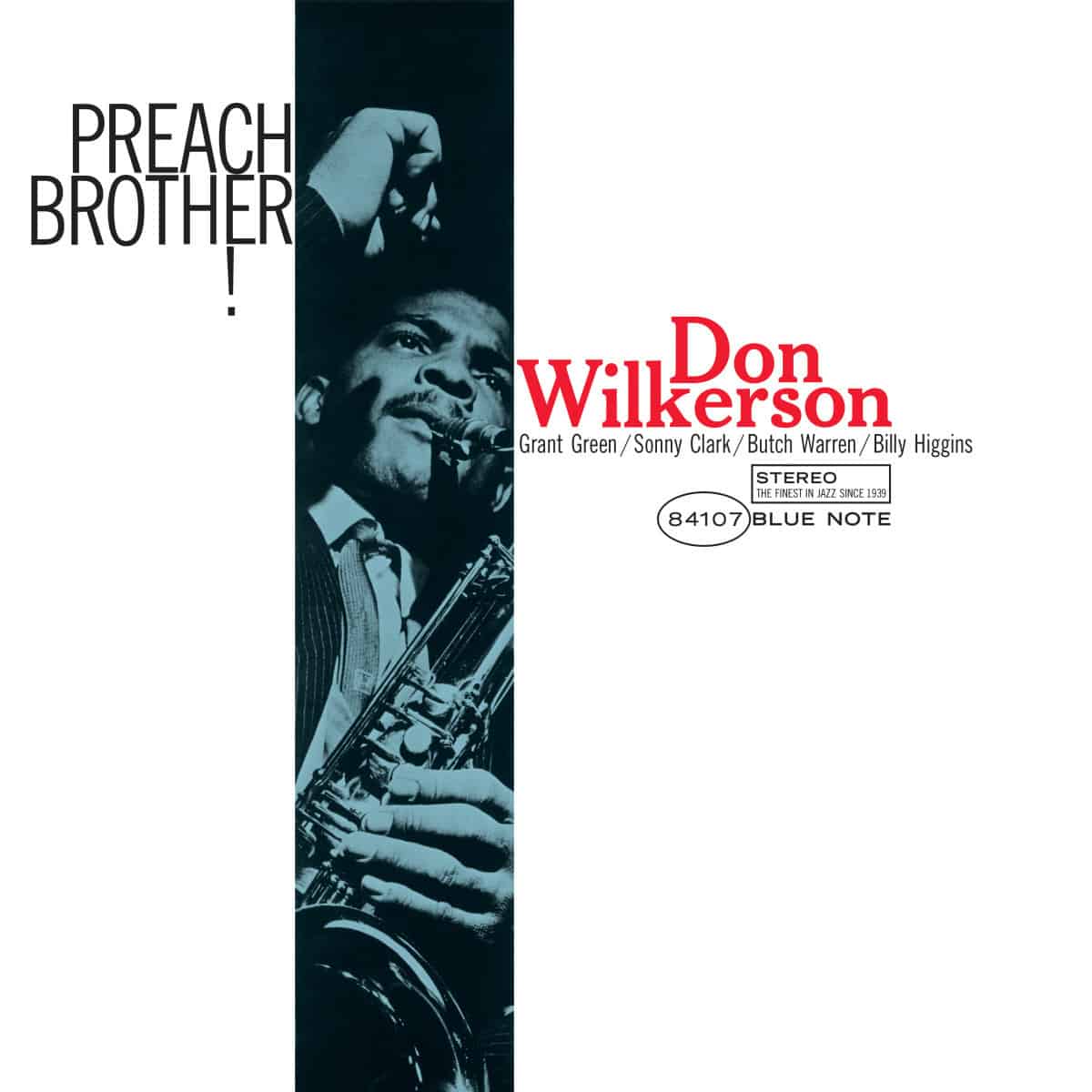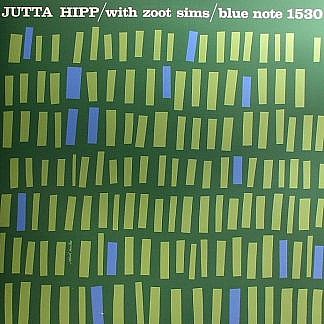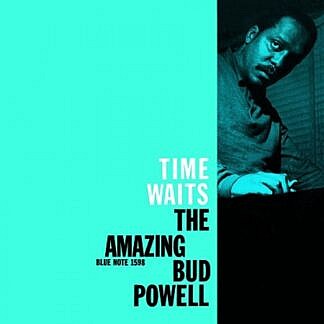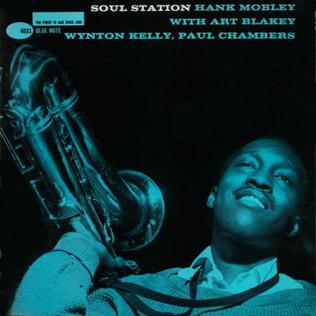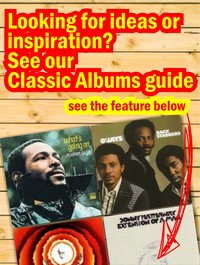Wayne Shorter – Adams Apple (Blue Note)
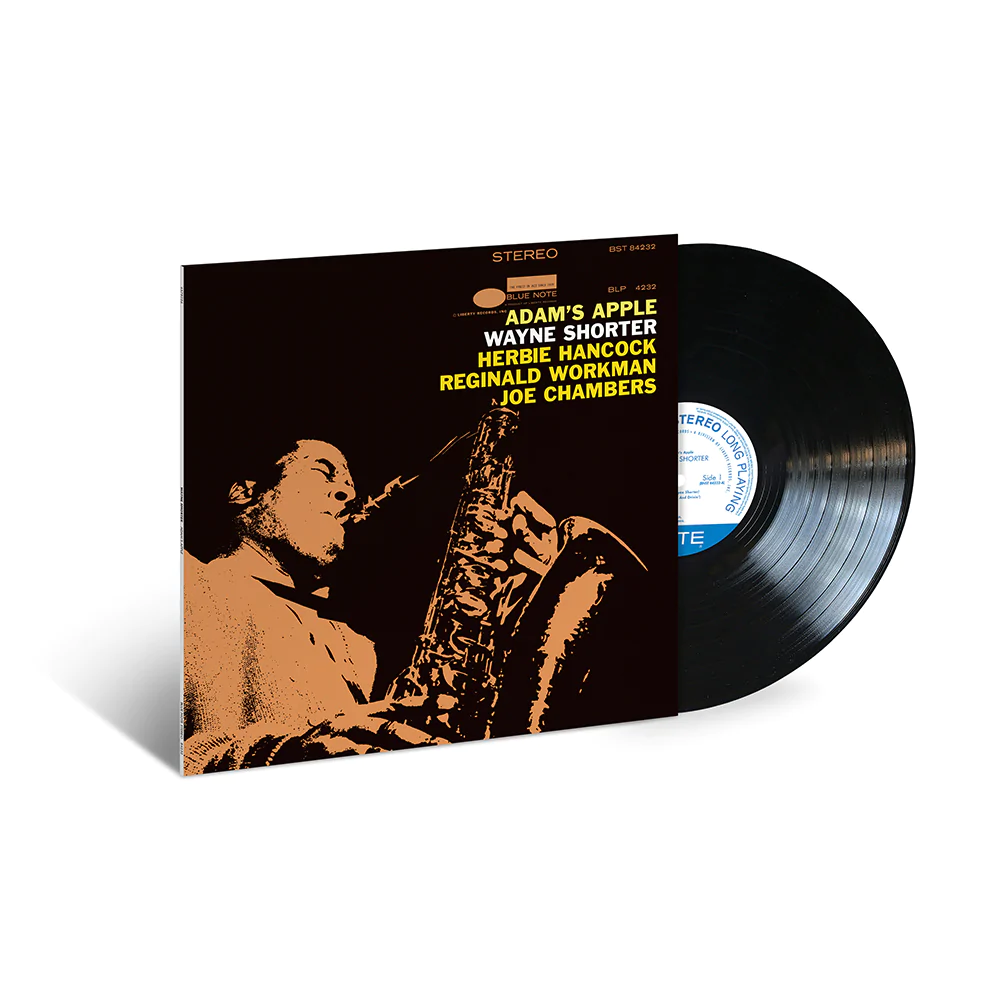
Adams Apple is the tenth album in the solo cannon of saxophonist Wayne Shorter. Recorded in 1966 and released in 1967, the set is a combination of post and hard bop styles of playing, featuring an experienced quartet of Herbie Hancock on Keys, Reginald Workman on bass, Joe Chambers on drums and Shorter on reeds. The album was recorded while Shorter was a prominent member of Miles Davis’ second great quintet—alongside Hancock, an invaluable member of the lineup whose calculated and skillful playing on this date are crucially important factors behind its sound.
Shorter was writing a great deal of high quality material for Miles During this period, experiences that would surely deepen his musical palette and presage the quality of his contemporaneous output. Adam’s Apple comes off the back of one of his finest outings on Blue Note—and arguably one of the finest albums in the hard-bop genre—Speak No Evil. It showcases Shorter’s talismanic abilities, backed up in full by the sheer quality of the enlisted personell. It is an album that condensed the excellence of Shorter’s contemporary musical output, while sitting in a comfortable and easily approachable medium.
The set features the first recorded version of the original composition Footprints, subsequently popularised by Miles Davis on the 1967 recording Miles Smiles. The original version, featured on this album, is resplendent, characterised by its cool changes and its effortless, invigorating smoothness. Hancock’s initial phrasing and Shorter’s vamp culminate to great effect: the interplay between both musicians is mercurial, a clear demonstration of their musical symbiosis—presumably cultivated through their joint stints under Miles. The seemingly intrinsic musical understanding that they share with each other is nothing short of telekinetic, Hancock gently scrambling on his keys to piece together the right notes to sit underneath Shorter’s playing, while Shorter responds to his keysman with the most harmonious, thoughtful comping. Chambers is a reliable operator, as is Workman, a rhythm section that hold down the fort without too much meandering or overly complex passages, allowing Hancock and Shorter requisite breathing space. Footprints is truly a timeless classic and one of the definitive standards to have come from the Blue Note catalogue, since covered by countless artists.
El Gaucho is another album highlight, a track where the pulse of Samba drumming and Latin American influence are levelled up by Chambers—certainly a musical area of intrigue for the drummer which he would expand upon throughout his career. The track induces sensations of flux, possessing a natural danceability and Brazilian bossa register, while Shorter directs the melody through his tenor. Backed up by the inveterate skills of Hancock, whose soloing has a certain liquidity to it, the piece is light-footed and tonally sophisticated, showcasing masterful rhythmical dexterity and pensive melodic phrasing.
Buy the LP HERE
Listen to the album HERE
Larry Young – Unity (Blue Note)
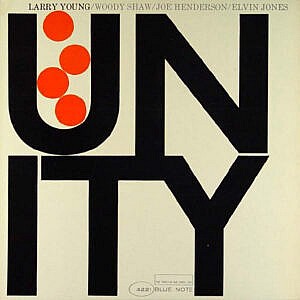
Larry Young was born in 1940 in Newark, New Jersey, where he attended Newark Arts High School. His initial foray into music led him towards playing R&B in the fifties, after which time he would go on to release three Soul Jazz albums for Prestige at the turn of the 60’s. He released his first full album, Testifying, at the age of nineteen, a body of work evocative of his initial modal flirtations with the organ, performed primarily in the soul jazz vain similarly to contemporaries Jimmy Smith and Johnny “Hammond” Smith. During the 1960’s, he would record some of his most critically acclaimed sets on Blue Note Records and as a sideman with the likes of Lou Donaldson, Kenny Dorham and Hank Mobley. At the end of the sixties, he would flirt with Jazz Fusion, notably appearing on Miles Davis’ Bitches Brew, which would compel him to release more radical output and push the envelope for his organ playing even further. Through the Davis connection, he would hang out with John McClauglin who along with the likes of Rahsaan Roland Kirk, were rubbing shoulders with Jimmy Hendrix. The pair would jam with Hendrix at the Record Plant throughout 1969: a lesser-known set of improvised music played between Hendrix and Young is available on vinyl, an incredibly rare album released posthumously after Hendrix’s death called Nine To The Universe. Young would continuously evolve throughout his career, a musical innovator who felt most comfortable at the spear tip of the Jazz and fusion vanguard, evidenced by output such as Lawrence of Newark (1975), Larry Young’s Fuel (1975) and Spaceball (1976). A forerunning instrumentalist who pioneered the organ and took it to new musical territories, Young tragically died young at the age of 37 from what are believed to be complications from pneumonia.
Unity is generally considered to be his greatest work, the second album that he released on Blue Note after signing to the label in 1964. The tone of the album is primarily modal, post-bop, although there are a few flirtations with free jazz—it must be stated, however, that Unity is not a free jazz album but evokes elements of free playing in certain passages. It is beautifully poised between post-bop and avant garde, showcasing intricate compositions and an unfiltered, deeply melodic cohesion between the players. Unity is emblematic of Young’s ever-waxing talents behind the burner, alongside the excellent pairing of Joe Henderson on tenor and Woody Shaw on trumpet, both of whom at the time of the recording were core members of Horace Silver’s quintet. It also features Elvin Jones on drums, who had recently quit John Coltrane’s band— alongside pianist McCoy Tyner—as Coltrane went deeper into the murky world of spiritual Jazz during his later Impulse period. Jones’ drumming on Unity is joyful, animated and swinging, his first recorded music post-Coltrane, a band in which he felt that the role for him was becoming increasingly limited. Jones puts on a superb performance throughout the set and you can grasp a sense of his musical liberation, playing in a group where he can swing again. Noticeable is the absence of a bassist, although this does not leave the rhythm section lacking by any means. Young performs the bass lines on Hammond B3 with consummate ease, underpinning the quartet with the warm, electric sonority of his organ which strafes the scales. A highly coordinated and underrated accomplishment of Young’s playing.
There is a lot of democracy in this album. Young’s comping supports the other musicians, as he uses the organ in a light fingered and cooperative manner; an instrument that can often come across as overpowering when employed in a non-Soul Jazz context. Young manages his instrument with the Midas touch, a tasteful and understated player who finds space around his musicians in which to shine. Moreover, the writing credits are shared between Shaw (Zoltan, The Moontrane, Beyond all Limits) and Henderson (If), the other two tracks being covers from Thelonious Monk and Hammerstein. All the players are at individual stages in their own musical evolution and the meeting of all of them together on this album creates a wild alchemy where everything merges together beautifully, certainly an album that would be impossible to recreate. Recorded by Rudy Van Gelder, who had an innate understanding of how Jazz should sound, the recording is visceral and fresh, capturing the raw essence of the session. The high metallic shimmer of Jones’ drumming peaks beautifully amid a sonic carpet of deep, reverberative organ which Young lays down for his musicians to play over. Henderson’s tenor, albeit deeply influenced by Coltrane, is agile and colourful, romantically crooning in parts and igniting short and explosive passages in others, while Shaw’s horn is mercurial, his soloing deeply melodic and contemplative. Album highlights include the Coltrane inspired Moontrane, a blowing session with a beautiful, lyrical solo from Woody Shaw that subtly steps out of the changes, while Beyond all Limits is a cooking number, with all the players on the session smoking hard…
Buy the LP HERE
Listen to the tracks HERE
Check out all of our Classic Vinyl Series albums to date here. They are cheaper than the tone poet series but still boast similar sound quality , as remastered by Kevin Gray at coherant audio. They are all high quality analogue remasters at an affordable price point. Have a look at the titles we have instock below.
